Galaxy Research Report: What Is Driving Zcash's Apocalypse Rally?
Regardless of whether ZEC's price strength can be sustained, this market rotation has successfully forced a reevaluation of the value of privacy in the market.
Original Article Title: Why Has Zcash Suddenly Soared?
Original Article Author: Will Owens, Galaxy
Original Article Translation: AididiaoJP, Foresght News
The term "cryptocurrency" literally means "hidden" or "secret" currency. However, throughout most of its development, the issue of privacy has long been overlooked by the industry. It wasn't until recently that the situation began to change.
Over the past few weeks, the privacy narrative has once again taken center stage. As one of the oldest and most well-known privacy coins, Zcash (ZEC) has seen a price surge of over 700% since September, seemingly overnight turning everyone in the industry into a privacy expert. However, some prominent figures in the Bitcoin space have criticized this rally as "manipulative," warning that buyers will ultimately become "bagholders." Economist Lyn Alden has reminded investors not to fall into the trap of "pump and dump."
However, investor Naval Ravikant quickly countered, presenting a fundamental reason for Zcash: "Transparent cryptocurrencies cannot survive under government crackdown."

Let's not forget that Bitcoin's anonymous creator, Satoshi Nakamoto, acknowledged the limitations of the Bitcoin network in terms of privacy in the 2008 whitepaper.
While CoinJoin services like Samourai and Wasabi were once popular on Bitcoin, they are now facing increasing regulatory pressure. Samourai was practically shut down due to its founder's arrest, and Wasabi also discontinued its CoinJoin feature and blocked U.S. users in June 2024 due to regulatory concerns.
Payjoin is a simple tool that can break the inference of "multiple inputs owned by one person" and is gradually gaining attention, but it still requires user interaction. The broader problem highlighted by Satoshi Nakamoto in the previous quote is the transparency brought by Bitcoin. Zcash, as a fork of Bitcoin, allows users to use zero-knowledge proofs to shield transactions, directly addressing the privacy limitations mentioned by Satoshi Nakamoto.
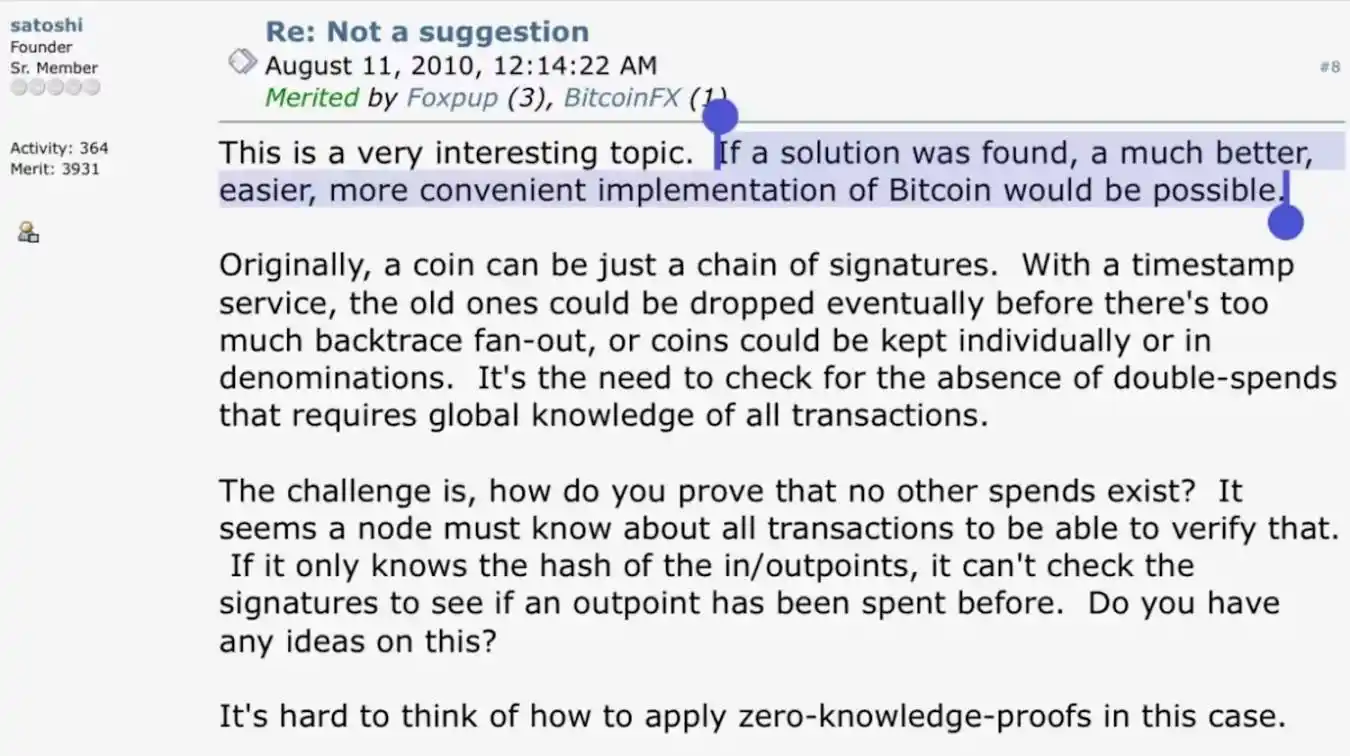
Satoshi Nakamoto also acknowledged Bitcoin's privacy limitations in forum posts.
Key Points
· After years of silence, ZEC has surged around 8x in the past month, far outperforming the market as a whole, forcing people to reconsider the importance of "privacy features."
· This discussion has reignited the early Bitcoin debate on "privacy rights" versus "regulatory realities."
· Zcash's market cap has surpassed Monero's.
· Zcash's user experience has improved (e.g., ZecWallet).
· Cross-chain intent channels have lowered the barrier to entry (NEAR Intents).
· Anonymity sets are expanding.
· For the first time, over 30% of ZEC's supply is held in shielded pools.
· However, compared to Bitcoin, Zcash still has very few full nodes.
Development History and Network Upgrades
Zcash originated from academic research in 2013 when cryptographers at Johns Hopkins University developed the Zerocoin protocol. To improve efficiency, this protocol later evolved into Zerocash and was eventually launched in 2016 by cryptopunk Zooko Wilcox and his Electric Coin Company as a Bitcoin fork. Its goal was simple: to retain Bitcoin's monetary properties while addressing its most commonly cited design flaw (also acknowledged by Satoshi Nakamoto himself): the lack of transaction privacy.
Unlike Bitcoin, where all transactions are publicly visible on the chain, Zcash uses a technology called zk-SNARKs. This allows users to prove the validity of transactions without revealing the sender, receiver, and amount. While Monero introduced privacy features earlier and adopted technologies like ring signatures to protect privacy, Zcash was the first mainstream blockchain to implement zk-SNARKs at the protocol level.
Zcash follows an on-chain funding model, allocating a portion of the block rewards to community-led projects rather than specific organizations. Under ZIP 1016, 8% of the block reward goes into the Zcash Community Fund, while 12% goes to a fund managed by holder voting. The Electric Coin Company and the Zcash Foundation do not automatically receive a share; they also have to apply for funding through these mechanisms.
Zcash has undergone multiple network upgrades:
· Sapling (2018): Significantly improved the efficiency of shielded transactions.
· Heartwood (2020): Introduced shielded mining rewards, allowing miners to receive block rewards privately.
· Canopy (2020): Alongside the first halving, completely revamped the funding model, replacing the original Founders’ Reward with a four-year development fund managed jointly by ECC, Zcash Foundation, and community grants.
· NU5 / Orchard (2022): The most significant milestone since launch, replaced the complex trusted setup ceremony with Halo 2 recursive proofs and introduced unified addresses, simplifying privacy operations. The Orchard shielded pool was launched as a result.
· NU6 (2024): Implemented in-protocol funds lockbox, decentralized treasury management, and increased transparency in development fund usage.
Next, the protocol is preparing for the NU7 upgrade.
Market Performance and Current State
For the most part, ZEC has shown poor market performance, not only underperforming against BTC but also overshadowed by Monero. Monero defaults to providing users with basic privacy, but its reliance on a small ring size for mixing transactions has been successfully de-anonymized in some research, as its ring signature design mixes the real input with 15 decoys, creating a moderately-sized anonymity set.
Regulatory bodies often scrutinize Monero more closely due to its default privacy features. In 2020, the IRS even hired companies like Chainalysis to study methods of tracking Monero transactions. In contrast, Zcash achieves optional privacy through zk-SNARKs, allowing full data encryption and providing a larger anonymity set when using shielded addresses.
This dual-mode design also makes users more prone to operational security mistakes (such as misusing transparent addresses), but with proper operation, Zcash's cryptography can offer substantially stronger and mathematically more reliable privacy. Additionally, Zcash’s privacy layer is quantum-resistant, while Monero's current ring signature scheme is not (developers have acknowledged this issue and plan to address it in future upgrades).
Today, just looking at ZEC's price movement tells a completely different story.

ZEC Price Movement Over the Past Year
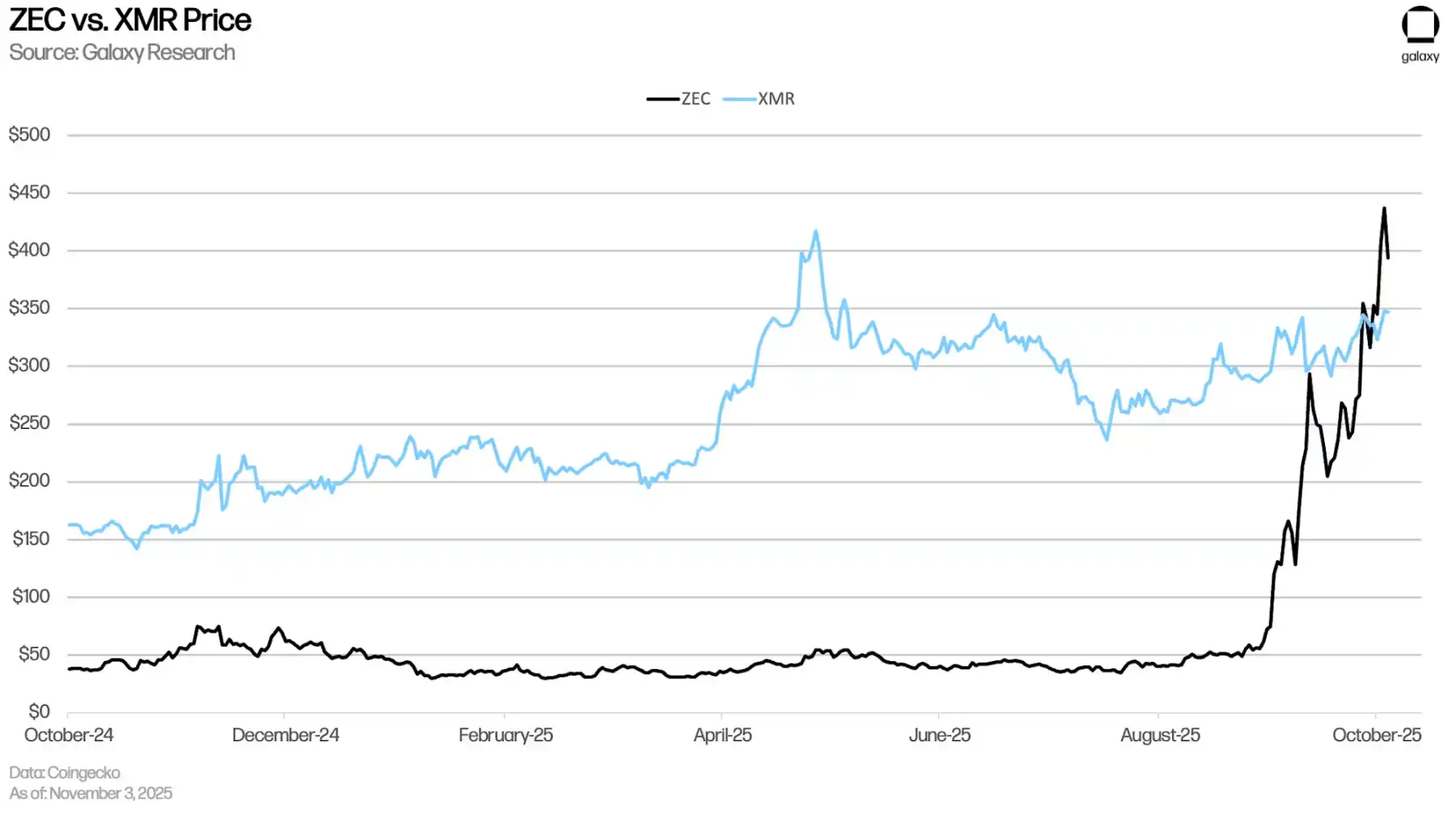
(Originally a price chart description: ZEC's price over the past year; ZEC vs. XMR price comparison; ZEC/BTC exchange rate daily chart.)
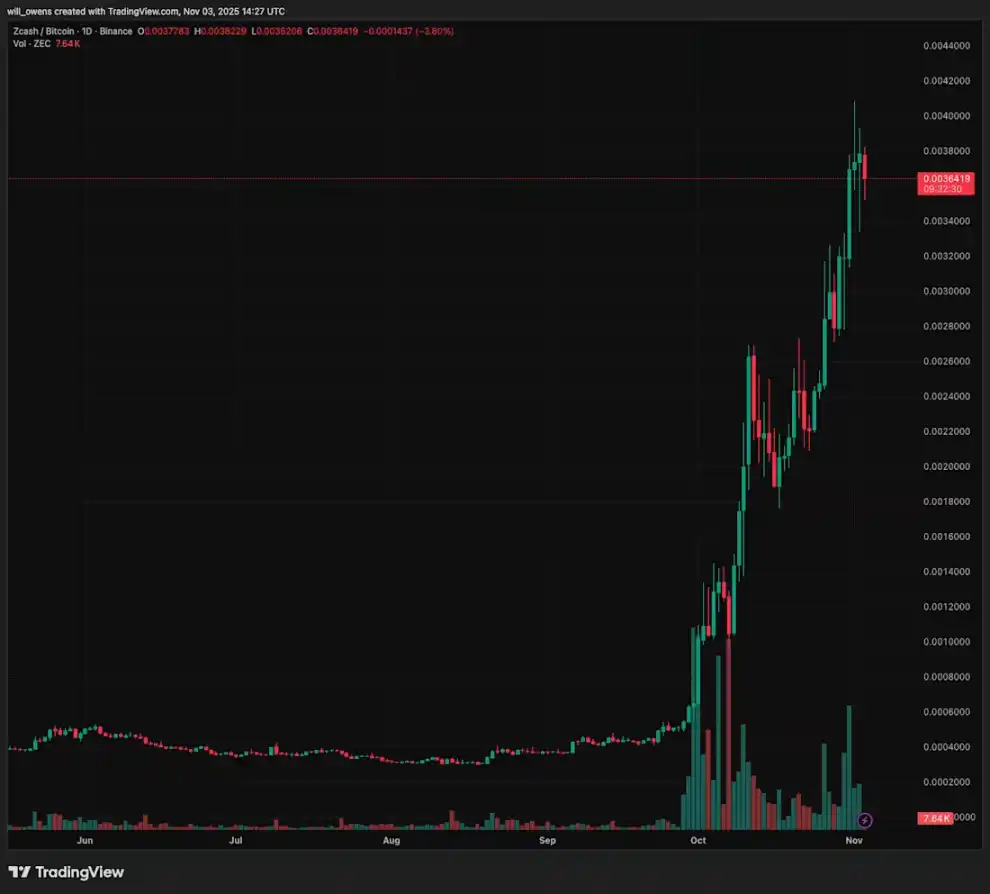
Technical Details
Zcash follows Bitcoin's monetary model: a fixed supply of 21 million ZEC, a proof-of-work consensus, with halvings approximately every four years. It utilizes the Equihash algorithm designed to be more resistant to ASIC centralization compared to Bitcoin's SHA-256. The block time is approximately 75 seconds, around 8 times faster than Bitcoin. Zcash undergoes halvings roughly every four years, with the next one expected in November 2028, at which point the block reward will decrease to 0.78125 ZEC.
Zcash has two types of addresses:
· Transparent addresses: Functionality similar to Bitcoin, where the balance and transactions are publicly visible.
· Shielded addresses: Use zk-SNARKs to hide transaction participants and amounts while proving no coins were minted out of thin air.
When users transact between shielded addresses, the network verifies a cryptographic proof, not transaction details. The proof states, "I have the right to spend these coins, and the computation is correct," without revealing any extra information. The crux of privacy lies in sharing only the minimal information necessary to establish trust.
The larger the shielded pool, the more challenging it is to trace fund flows. This is why the recent milestone of the shielded pool size surpassing 30% of the total supply is significant. The largest shielded pool is Orchard, launched on May 31, 2022, replacing the old pool, using the Halo 2 proof system that requires no trusted setup, and introducing unified addresses for a simplified user experience.
Currently, the Orchard shielded pool holds over 4 million ZEC (approximately 25% of the circulating supply), the vast majority of the total about 4.9 million shielded ZEC.

(Originally a shielded supply chart description: Shielded supply growth.)
The transparent supply has decreased by nearly 3 million ZEC, from around 14 million at the beginning of the year to approximately 11.4 million currently (about 70% of the total supply).

(Original note: Transparency Set Decrease Chart Note: Transparency Set Decrease.)
Nodes and Future Development
The Zcash network currently has around 100-120 full nodes, up from a low of around 60 earlier this year. However, this number is still relatively low compared to Bitcoin (around 24,000) or Monero (around 4,000), mainly due to the resource-intensive nature of running Zcash nodes (shielded transaction validation is more resource-intensive), as well as the multi-pool architecture and frequent network upgrades that add complexity and maintenance costs.
In the future, developer Sean Bowe is advancing the "Tachyon Project," which is an expansion proposal that significantly increases shielded transaction throughput by restructuring sync and storage methods. Bowe claims that Tachyon can achieve a performance leap without a new protocol, using relatively simple cryptographic solutions to address all bottlenecks. It can be said that Tachyon to Zcash is like Firedancer to Solana.
What Are NEAR Intents?
NEAR Intents is a cross-chain coordination layer built on the NEAR Protocol. It allows users to express intent without the need for manual cross-chain bridge operations, exchanges, or wallets.
The intent executor behind the scenes will automatically allocate liquidity, execute exchanges, and complete cross-chain settlements.
For Zcash, integrating Intents means that users can easily move assets from the transparent chain to the Zcash shielded pool and back without exposing each step. This enables traders or institutions to transition from a transparent chain (like Ethereum) to Zcash to restore privacy, conduct shielded transactions, and then, if necessary, return to the original chain, with no direct address correlation.
After Zashi Wallet integrated NEAR Intents (the ECC official wallet, also the most commonly used wallet for Zcash), it abstracted away the technical friction of cross-chain and shielding for users. Zcash also natively supports viewing keys, which can be used for auditing or compliance purposes, selectively disclosing shielded transaction details. These features make Zcash's privacy both user-friendly and compliant with institutional requirements.
Why the Sudden Surge?
Zcash's sudden surge seems to reflect a shift within crypto culture. As noted in a16z's "2025 Crypto Culture Report," there has been a recent surge in Google searches for privacy-related terms.

Many Bitcoin critics lament its "institutionalization," claiming it is dominated by ETFs and centralized custodians. Bitcoin itself has always been transparent, and ETFs only add intermediaries without changing its transparent nature. In contrast, Zcash supporters position it as the "encrypted version of Bitcoin," a return to the cypherpunk spirit. In the current surveillance-heavy environment from Chainalysis to on-chain forensic analysis, this resonates. Zcash's rise has reopened the old crack between "privacy as a right" and "transparency for regulation."
With its privacy technology stack finally achieving consumer-level usability (the Zashi wallet launched in March 2024 simplifying shielded transactions) and shielded supply continuing to grow, Zcash is gaining more attention. More shielded ZEC implies a wider shielded pool, making Zcash as a whole more private.
Another clear signal that Zcash has "come back" is: a few weeks ago, ZEC perpetual contracts were launched on Hyperliquid, allowing traders to leverage trade privacy coins on this popular decentralized exchange. This indicates strong market demand for this long-forgotten gem. The launch of perpetual contracts has increased ZEC's market liquidity, with open interest reaching about $115 million at one point, also intensifying spot price volatility.
From a technical fundamental standpoint, Zcash has not undergone a sudden transformation. But the market perception of it has changed. This rally is attributed to both continued vocal support from key figures in the industry and a renewed understanding that privacy is crucial for permissionless currency.
Whether the strong price performance of ZEC can be sustained, this market rotation has successfully forced a reassessment of the value of privacy.
After years of silence, this price surge has brought Zcash back into the spotlight. Whether it can translate the speculative momentum into sustainable network growth remains to be seen. However, the renewed focus on privacy reveals a deeper truth: in an increasingly transparent financial system, the ability to transact privately is once again being seen as a valuable feature.
Disclaimer: The content of this article solely reflects the author's opinion and does not represent the platform in any capacity. This article is not intended to serve as a reference for making investment decisions.
You may also like
In-depth Research Report on Perp DEX: Comprehensive Upgrade from Technological Breakthroughs to Ecosystem Competition
The Perp DEX sector has successfully passed the technology validation period and entered a new phase of ecosystem and model competition.
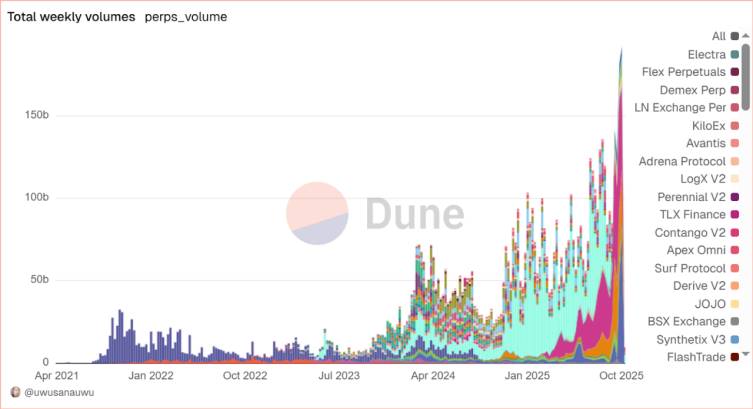
Space Review|Farewell to the Era of “Narrative Equals Hype”, TRON Rebuilds Market Confidence with Real Yields
As the crypto market shifts from “listening to stories” to “seeing results,” TRON demonstrates a feasible path through its solid ecosystem foundation and value circulation.
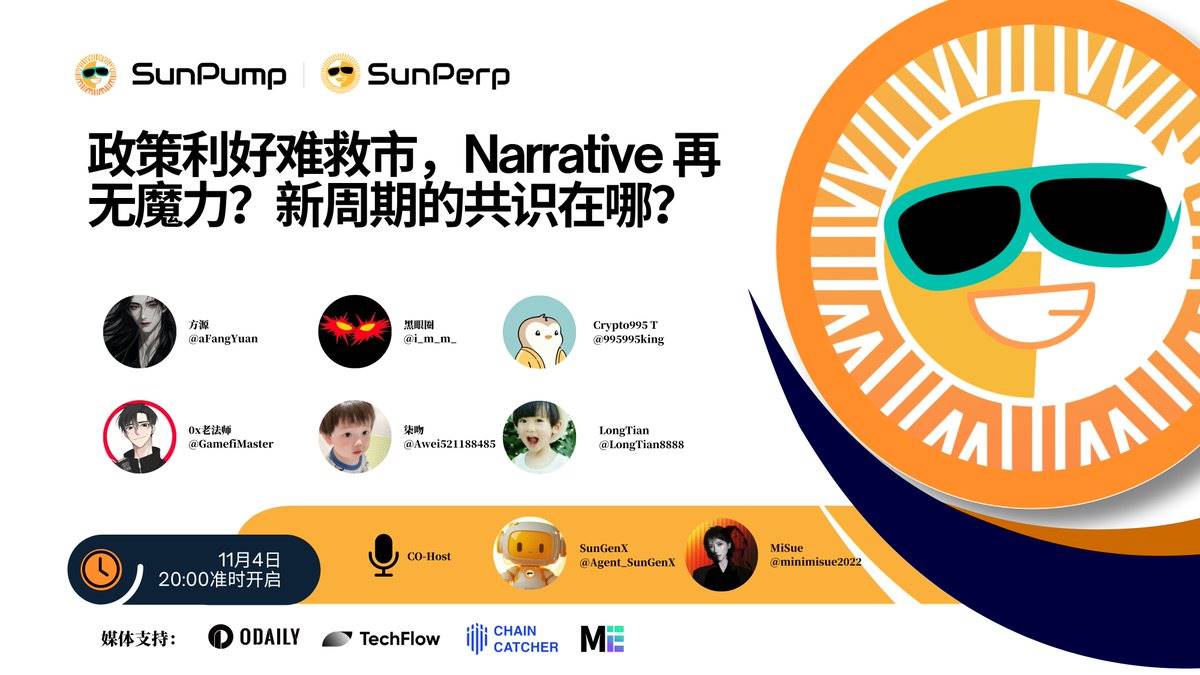
Bitcoin (BTC) Holds Key Support — Could This Pattern Trigger an Rebound?

Crypto News Today [Live] Updates On November 5,2025: Bitcoin Price,Ethereum Price,XRP ETF News
